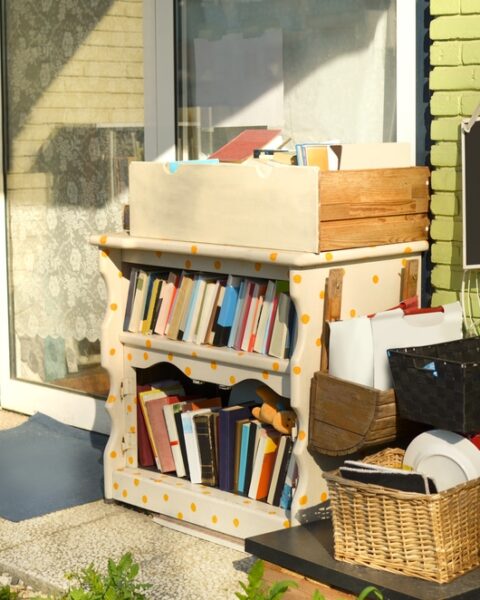We all know how important it is to keep our fridge organized, but sometimes it feels like a never-ending battle. Over time, it’s easy to fall into bad habits without even realizing it. From overcrowding shelves to ignoring expiration dates, these little mistakes can add up and cost you in more ways than one. Not only do they affect the freshness of your food, but they also impact your wallet and overall efficiency in the kitchen. Let’s dive into some common fridge organizing mistakes and see what they might be costing you.
Contents
- 1 Overcrowding Shelves
- 2 Neglecting to Rotate Items
- 3 Not Using Clear Containers
- 4 Storing Items Improperly
- 5 Ignoring Expiration Dates
- 6 Failing to Clean Regularly
- 7 Not Using Fridge Organizers
- 8 Overbuying Perishable Items
- 9 Not Adjusting the Temperature Properly
- 10 Not Labeling Leftovers
- 11 More From RetailShout
- 12 15 Nutrient-Dense Seeds You Should Be Eating Daily
- 13 10 Foods That Were Once the Hottest Trends
Overcrowding Shelves
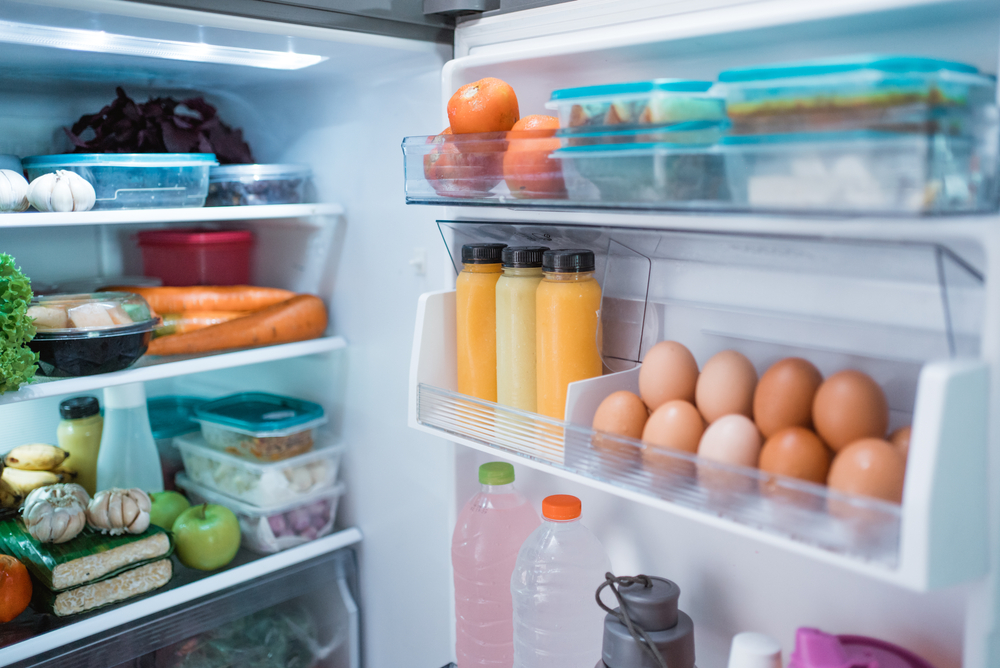
Overloading your fridge with too many items can restrict airflow and reduce its efficiency. Proper air circulation is crucial for maintaining a consistent temperature throughout the fridge. When shelves are overcrowded, some items may not get enough cooling, leading to spoilage. Additionally, it can become difficult to see and access everything, causing some food to be forgotten and wasted. Overcrowding can also strain the fridge’s motor, increasing energy consumption and utility bills. Costing you in terms of higher electricity bills and increased food waste.
Neglecting to Rotate Items

Forgetting to rotate older items to the front and placing new items at the back is a common mistake. This practice can lead to older food being overlooked and eventually expiring. It’s essential to follow a “first in, first out” method to ensure that older items are used before they spoil. Neglecting rotation can result in significant food waste, as forgotten items at the back of the fridge often go bad. This mistake not only wastes money but also contributes to higher grocery bills over time. Costing you through increased food waste and more frequent shopping trips.
Not Using Clear Containers
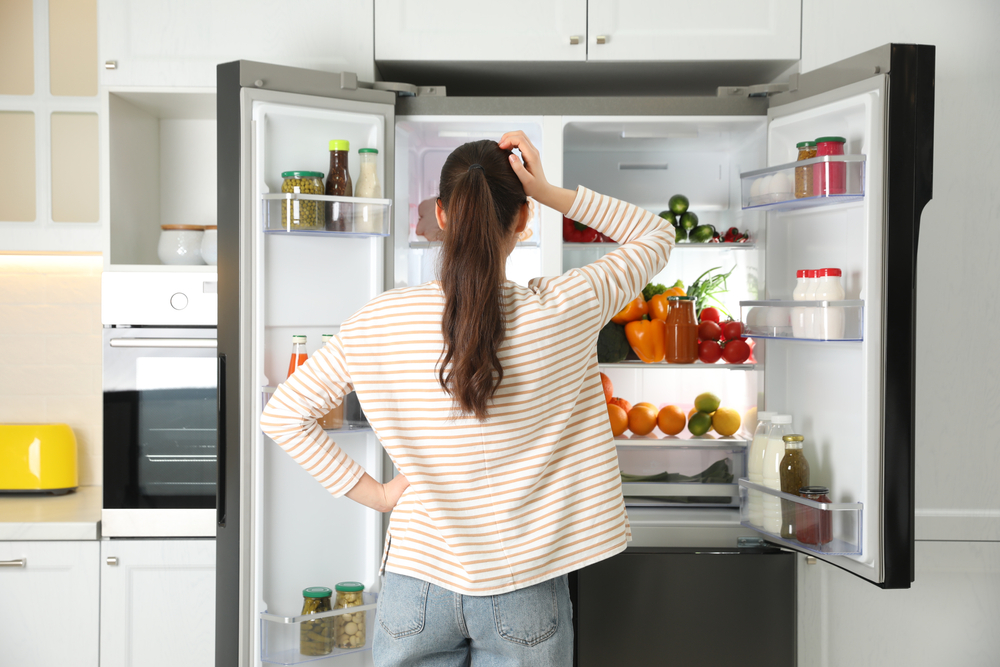
Storing food in opaque containers can make it difficult to identify contents quickly. Clear containers allow you to see what’s inside at a glance, making it easier to manage your inventory. Without them, you might forget about leftovers or lose track of perishables, leading to unnecessary spoilage. Clear containers can also help in organizing the fridge better, making efficient use of space. Investing in these containers can save you money by reducing food waste. Costing you through spoiled food and inefficient use of fridge space.
Storing Items Improperly
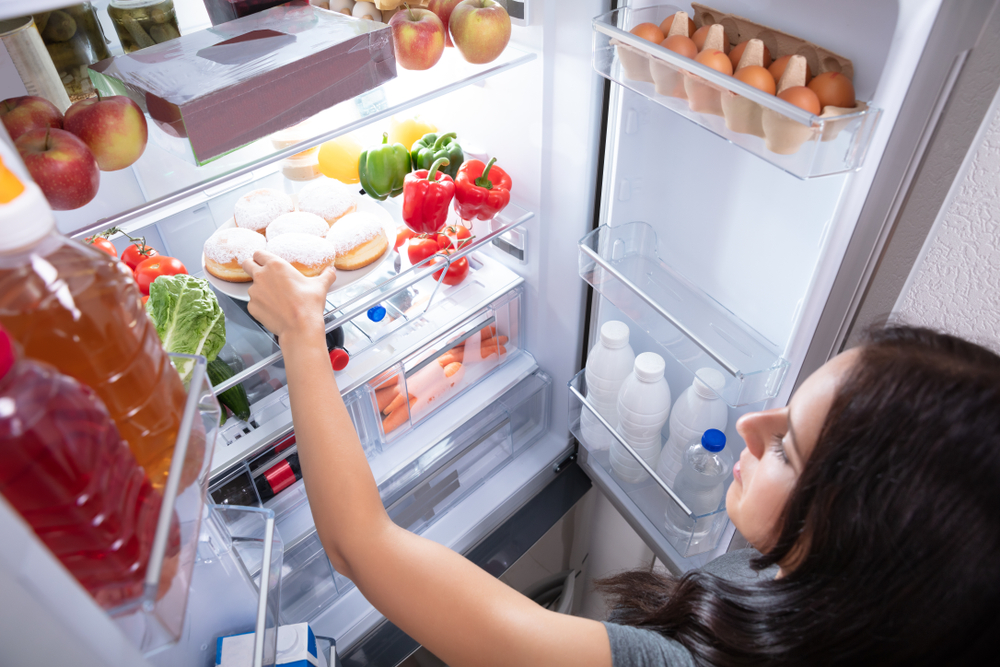
Placing items in the wrong areas of the fridge can affect their shelf life and safety. For example, keeping milk on the fridge door exposes it to warmer temperatures, causing it to spoil faster. Fruits and vegetables might wilt if not stored in the crisper drawers, which are designed to maintain optimal humidity levels. Proper storage is crucial for preserving food quality and preventing premature spoilage. This mistake can lead to frequent replacements of spoiled food items. Costing you through reduced food longevity and frequent grocery expenses.
Ignoring Expiration Dates
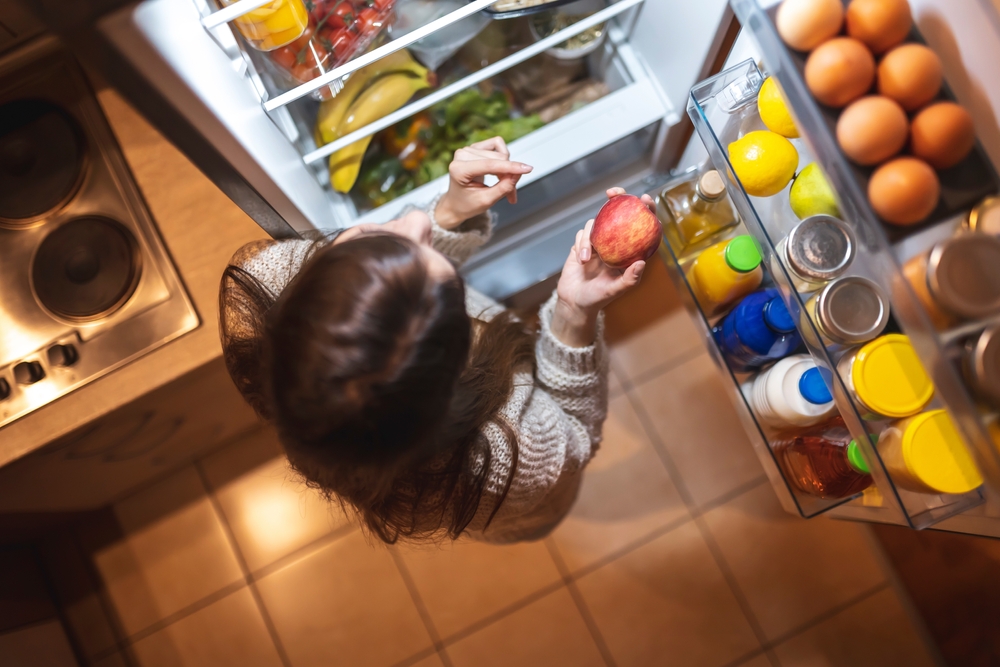
Ignoring the expiration dates on food items is a common mistake that can lead to health risks and unnecessary waste. Keeping expired products can cause harmful bacteria to grow, posing a health hazard. It’s essential to regularly check and remove expired items to maintain a safe and healthy fridge environment. Over time, ignoring expiration dates can contribute to significant food waste and higher grocery bills. Costing you through potential health risks and increased food waste.
Failing to Clean Regularly
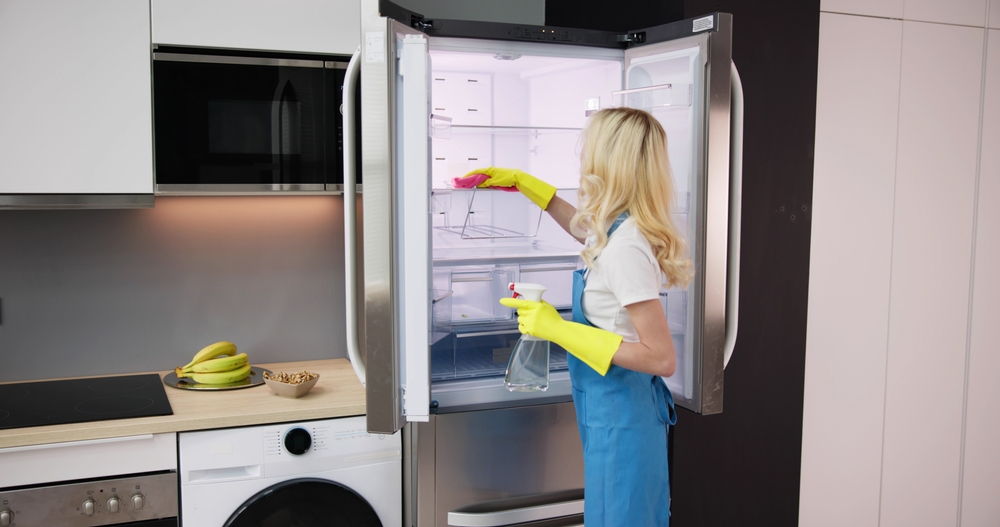
Not cleaning the fridge regularly can result in the buildup of bacteria, mold, and unpleasant odors. Spills and leaks that are left unattended can contaminate other food items and create an unhealthy environment. Regular cleaning helps maintain a sanitary space and prevents cross-contamination. Neglecting this task can lead to spoiled food and potential health issues. Costing you through potential health hazards and decreased food safety.
Not Using Fridge Organizers
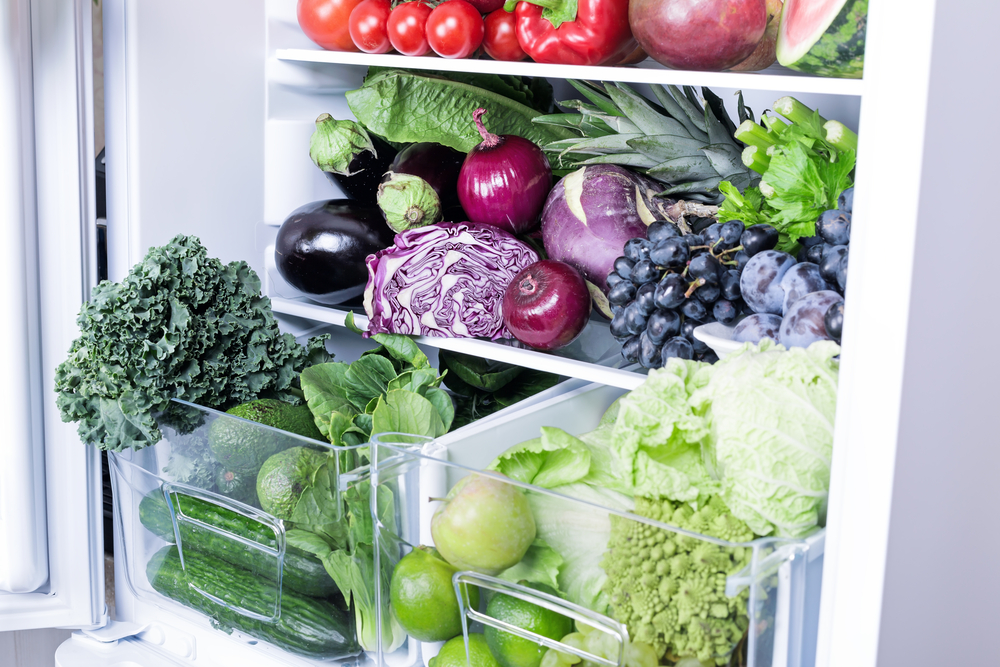
Underutilizing fridge organizers, such as bins and shelves, can lead to a cluttered and disorganized fridge. These tools help in creating specific zones for different types of food, making it easier to find and access items. Without organizers, food can get lost or buried, leading to waste. Implementing organizers can maximize space and keep your fridge tidy. Costing you through inefficiency and increased food spoilage.
Overbuying Perishable Items
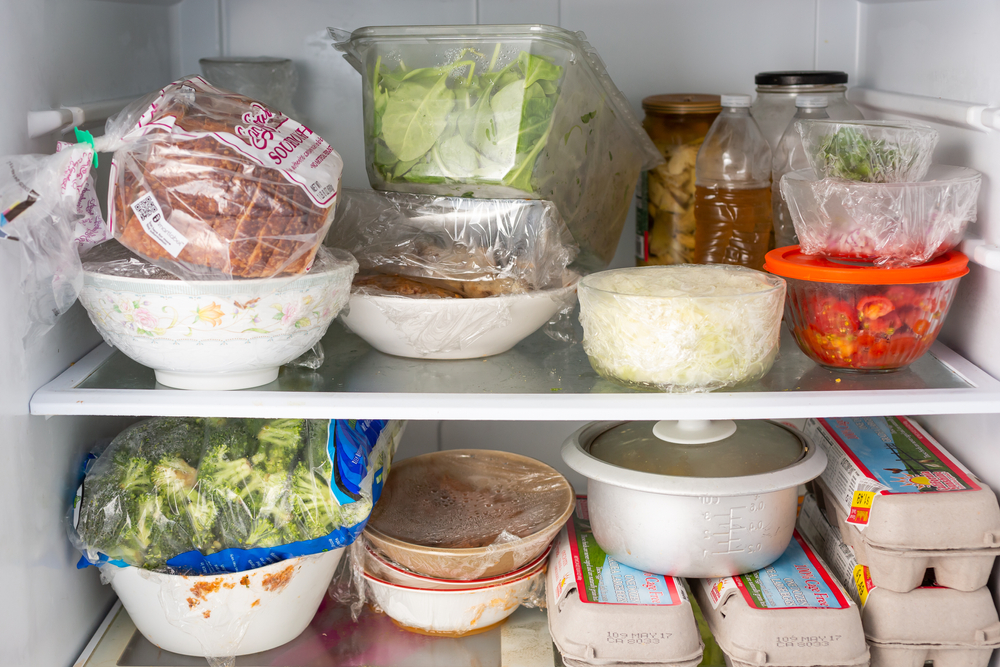
Buying more perishable items than you can consume before they spoil is a common mistake. This often happens during grocery sales or bulk buying. While it might seem like a good deal initially, overbuying leads to significant food waste as items spoil before being used. Planning meals and shopping with a list can help avoid this issue. Costing you through wasted money on spoiled food and unnecessary purchases.
Not Adjusting the Temperature Properly
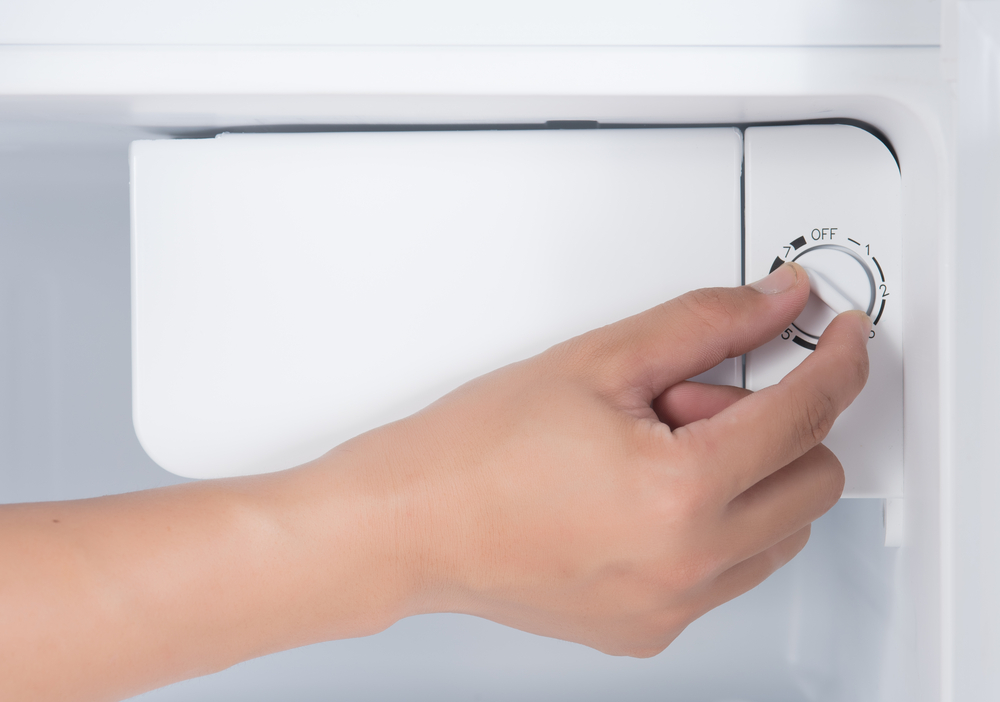
Setting the fridge temperature too high or too low can affect food preservation. The ideal fridge temperature is between 37°F (3°C) and 40°F (5°C) to keep food fresh without freezing it. Incorrect settings can lead to faster spoilage or accidental freezing, which damages the food’s texture and taste. Regularly checking and adjusting the temperature ensures optimal food preservation. Costing you through spoiled food and increased energy consumption.
Not Labeling Leftovers
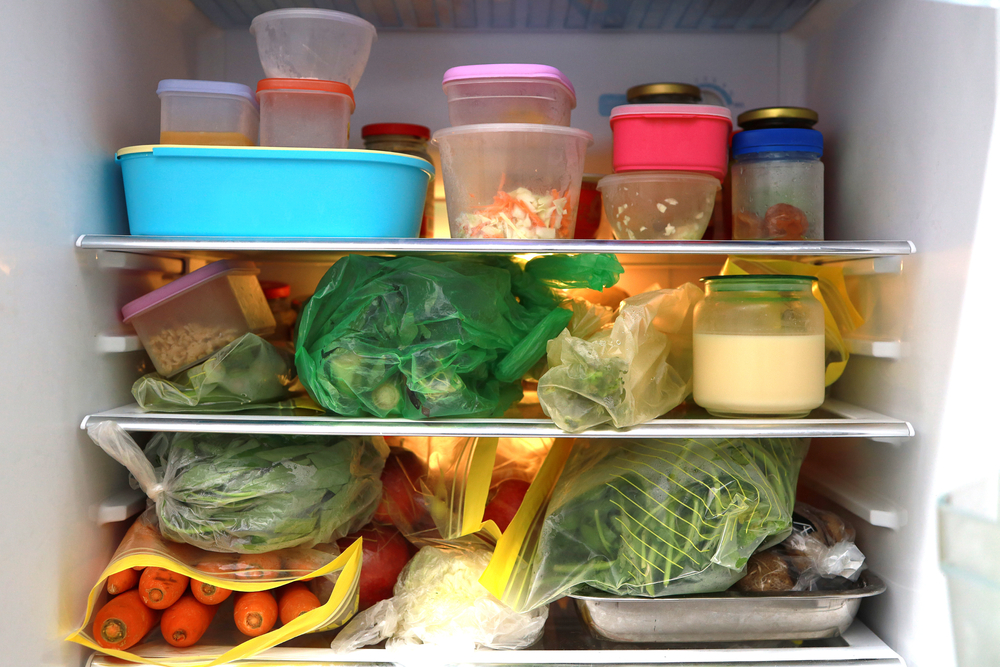
Failing to label leftovers with the date they were stored can make it challenging to track their freshness. Without labels, it’s easy to forget when the food was cooked, increasing the risk of consuming spoiled leftovers. Labeling helps in managing leftovers effectively and reducing food waste. Using simple labels or markers can save you from potential foodborne illnesses. Costing you through increased food waste and potential health risks.
This article originally appeared on RetailShout
More From RetailShout
16 Hot Gifts Every Spicy Food Enthusiast Will Love

Spicy food enthusiasts thrive on intense heat and bold flavors. When it comes to gifting someone who has a passion for all things spicy, it’s all about finding something that matches their fiery vibe. Read More.
15 Nutrient-Dense Seeds You Should Be Eating Daily
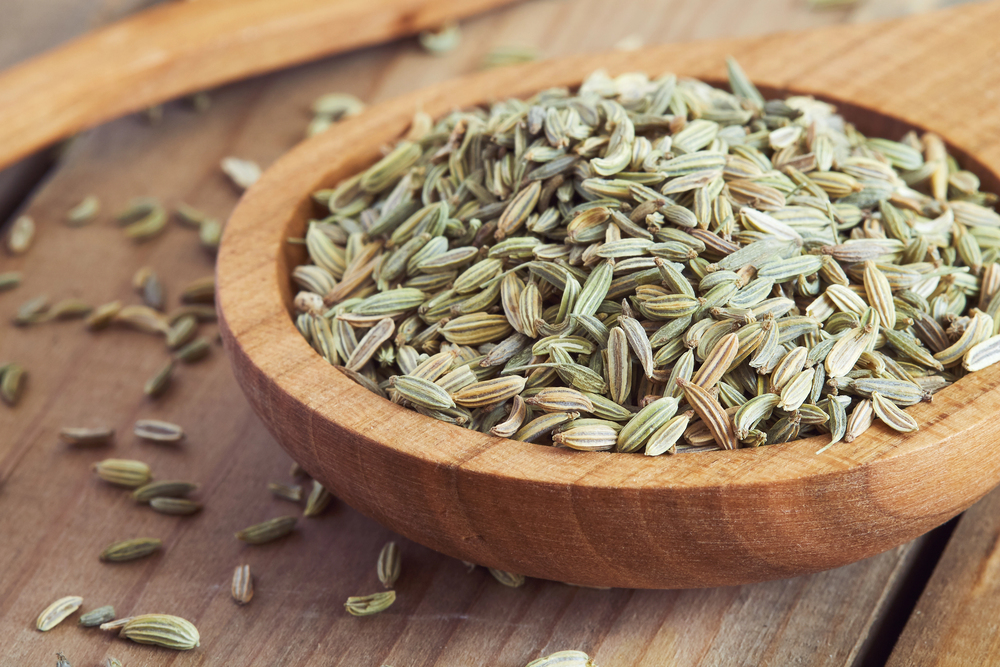
Looking for an effortless way to level up your diet? Seeds are the answer! These tiny wonders are bursting with nutrients, making them one of the simplest additions to your meals. Read More.
10 Foods That Were Once the Hottest Trends
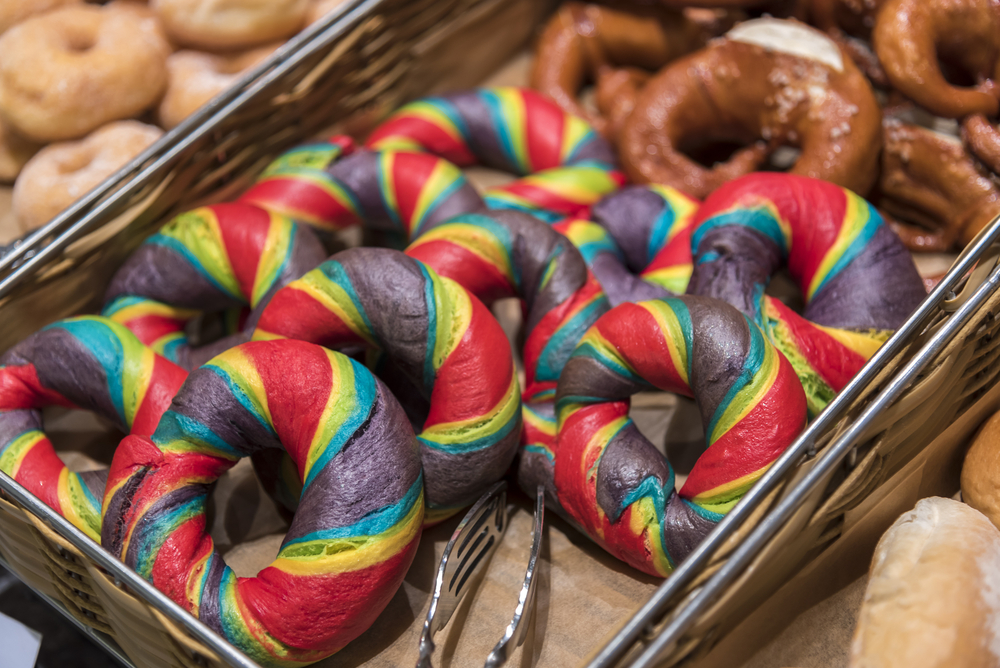
Food trends are as fickle as fashion. What was once the hottest dish can quickly become passé. From smoothie bowls to charcoal ice cream, we’ve seen a variety of foods enjoy their moment in the spotlight. Read More.





